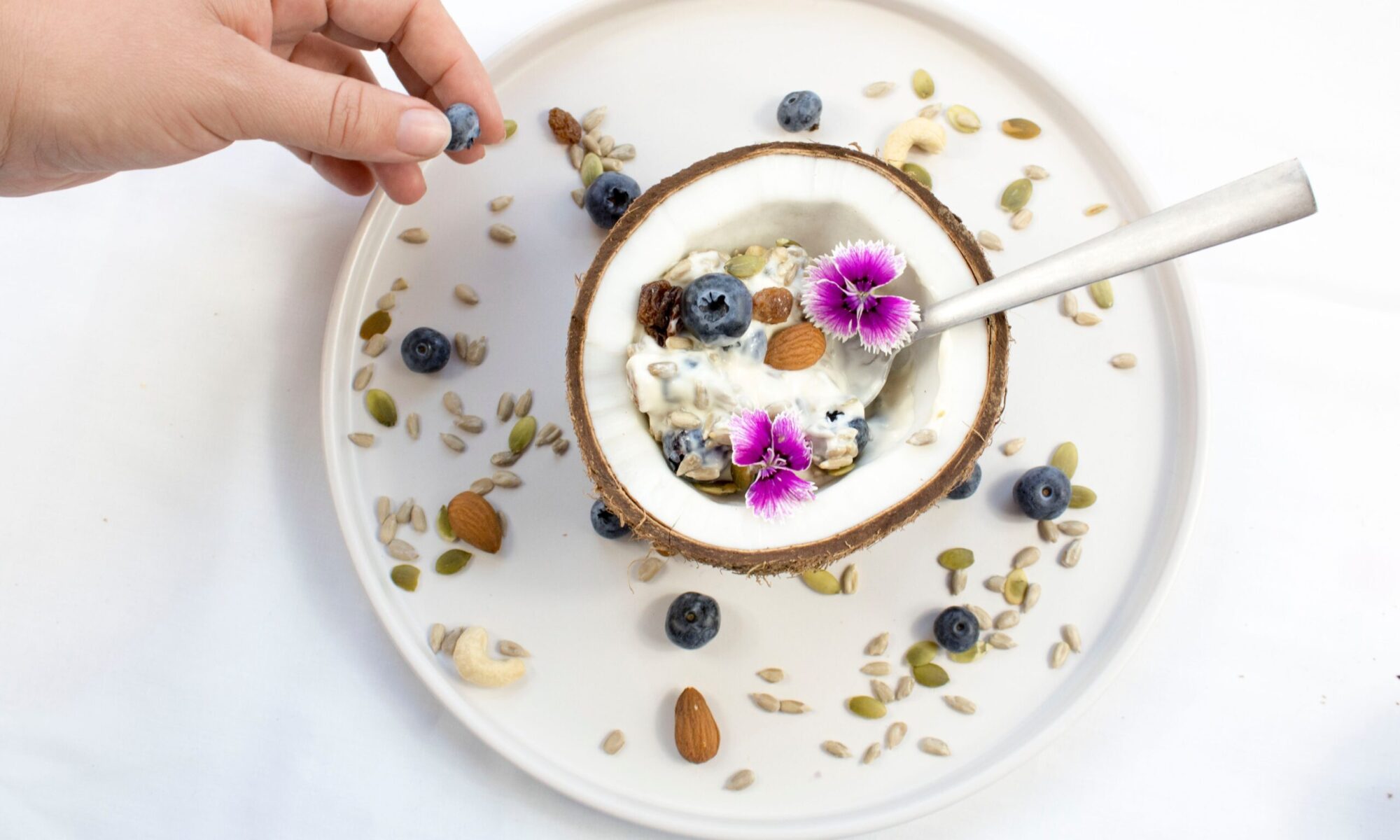Why Do our Microbes Matter?
It is estimated that the average adult has 39 trillion microbial cells living in it, including within the gut microbiome as well as externally living on our skin. For some relative perspective, 117 billion members of our species have ever been born on Earth.
Until fairly recently, it was difficult for researchers to fathom the significance of this number and relative importance of these microbial communities that live symbiotically with us. Over the past ten years, over $1.7 billion dollars have been spent on microbiome research, with no sign of investment in this area slowing down. In the past several years alone close to 1000 clinical trials studies have been conducted involving microbiome related research.
What is at the root of all this intense and expensive curiosity?
We must not forget, it was the Ancient Greek physician Hippocrates who said close to 2500 years ago “All Disease Begins in the Gut.” These words grounded in medical wisdom were a prescient prescription for preventative medicine and carry an incredibly profound message, and here is why:
The gut is where we interact with the world
The gut is the first point of contact with not just food, but all sorts of environmental “stuff” we come in contact with on a regular basis … bacteria, viruses, chemicals, etc. It is no coincidence that it is within the gut that 80% of the immune system resides.
When foods are consumed that can trigger inflammatory responses due to intolerances or food allergies, this can cause inflammation to occur in the lining of the GI tract, which is where food is absorbed into the body. Our gut lining, which covers over 4000 square feet of surface area, normally acts as a tight barrier that controls what gets into our bloodstream. However, chronic intestinal inflammation can cause the gut lining to breakdown, causing a condition known as “leaky gut syndrome.”
Eventually this can lead to alterations in the gut microbiome as bacteria can translocate to other parts of the body as well cause undigested food and other toxins to penetrate through the gut wall. As research continues to evolve in this area, we are learning more about the connection between what we eat, how our bodies and microbiome respond, and how it may play a role in the development of chronic diseases. But we don’t have to wait until the specific dots connecting underlying disease pathophysiologies are discovered. Instead we can all benefit from feeding our microbiomes the high fiber, whole foods based colorful and nourishing foods it needs to not just survive, but thrive and protect us from disease and inflammatory distress.




